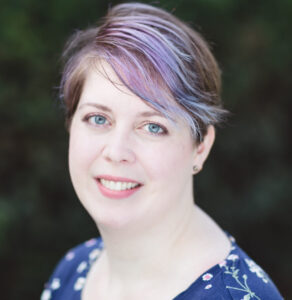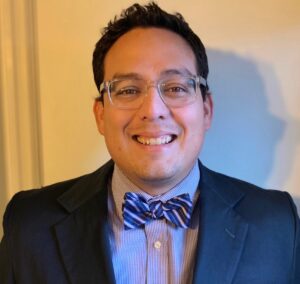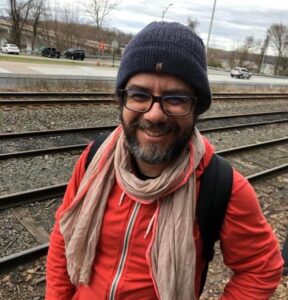creativity
Select an item by clicking its checkbox
One of my favorite genres of fantasy fiction is the “magical door” story – tales where a person finds a mystical, strange doorway into another world. Alice in Wonderland is probably the best-known example, but I’m more fond of the contemporary takes, especially Seanan McGuire’s Every Heart a Doorway (2016) ...
Last semester I spent two weeks in Zambia teaching a Doctor of Ministry course to students from eight different African countries. This was an important experience for me because it magnified many of the similar cross or intercultural exchanges that I have experienced in the classroom here in the US. ...
This semester I am teaching a class called Theology and the Arts. In this class we are engaging the earth with the five senses of the body. During our last class we engaged the sense of vision and read about it. To see is modernity’s main sense; to see ...
Gesture drawing, charcoal on newsprint I remember sitting beside a piece of blank newsprint, clutching a twig of willow charcoal, looking at a table covered in all sorts of objects—a shiny chrome blender base, a bleached cow’s skull, yards of loosely draped fabric, old pieces of driftwood, a ...
In Part I of this series on “Using Art to Activate Learning in the Classroom,” I discussed how the arts are powerful resources that can be used in the classroom to amplify and enhance our teaching-learning experiences. As social practices, the visual arts enable us to give language to how ...




